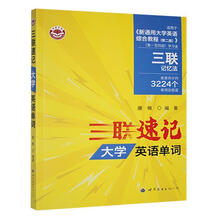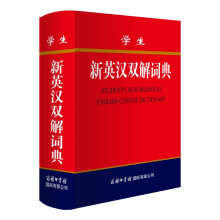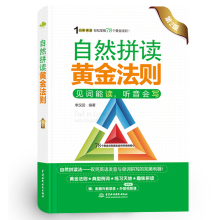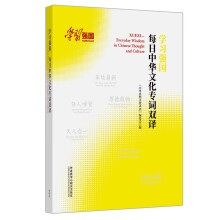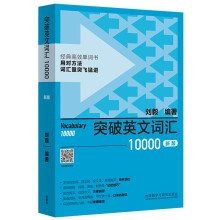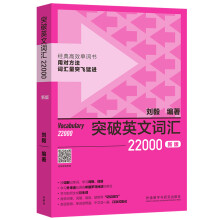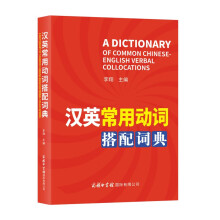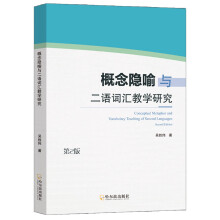Many of the remarks we made about semantically opaque multi-wordverbs will also be true of idioms. There is no sense in grouping themtogether on the basis of the individual words as they normally give littleindication of the sense of the unit; and idioms rarely come in sufficientnumbers at respective levels to warrant being a self-contained lexicalset. In other words, they should be treated as individual items, taughtas they arise, and emphasised according to their usefulness. Some students develop an immense appetite and enthusiasm foridioms, but often for less useful types of idiom e.g. a wolf in sheepsclothing. When this happens teachers should try to channel this enthu-siasm into learning idioms that are useful; and in deciding what is useful,it is worth considering whether an idiom can be incorporated into thestudents productive vocabulary without seeming incongruous alongsidethe rest of their language. Certain native speakers might get the ballrolling, but few foreign learners could carry off this idiom without sound-ing faintly ridiculous. The following activity is highly subjective but it might be interestingto compare your answers with your colleagues.
展开

